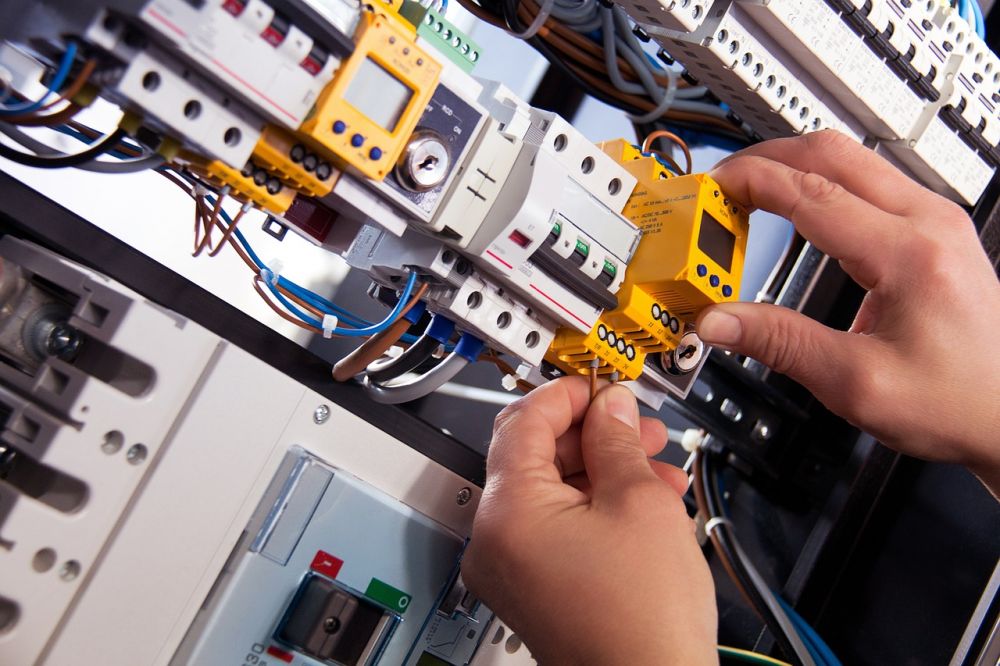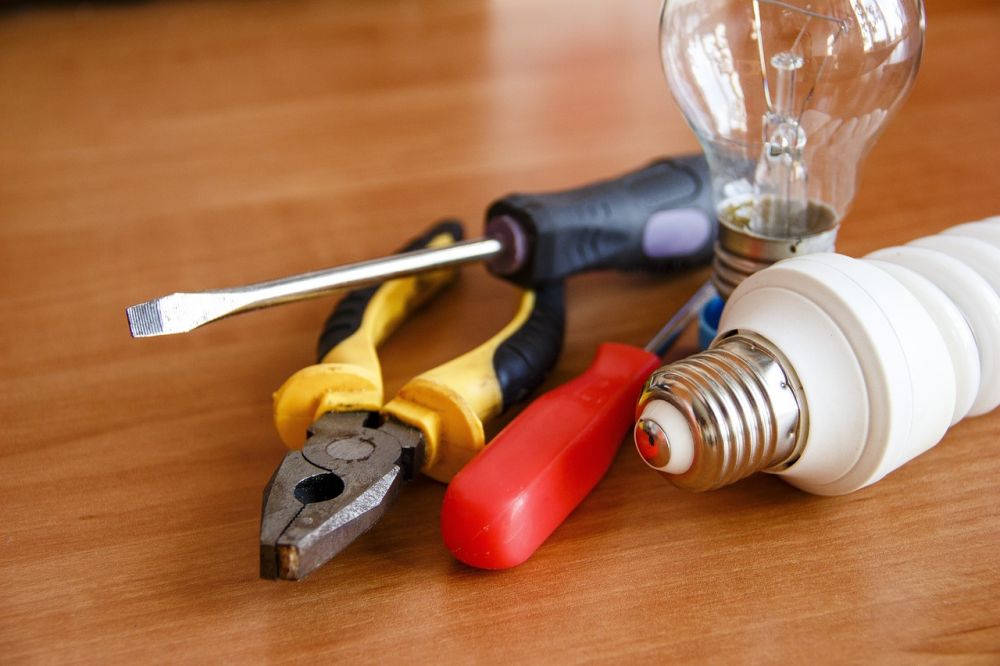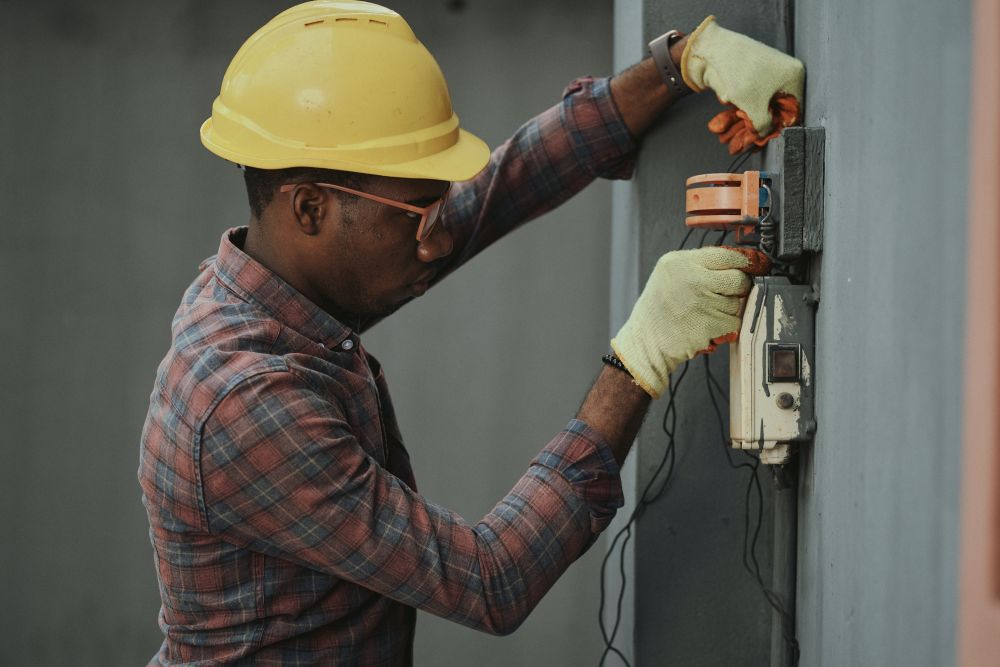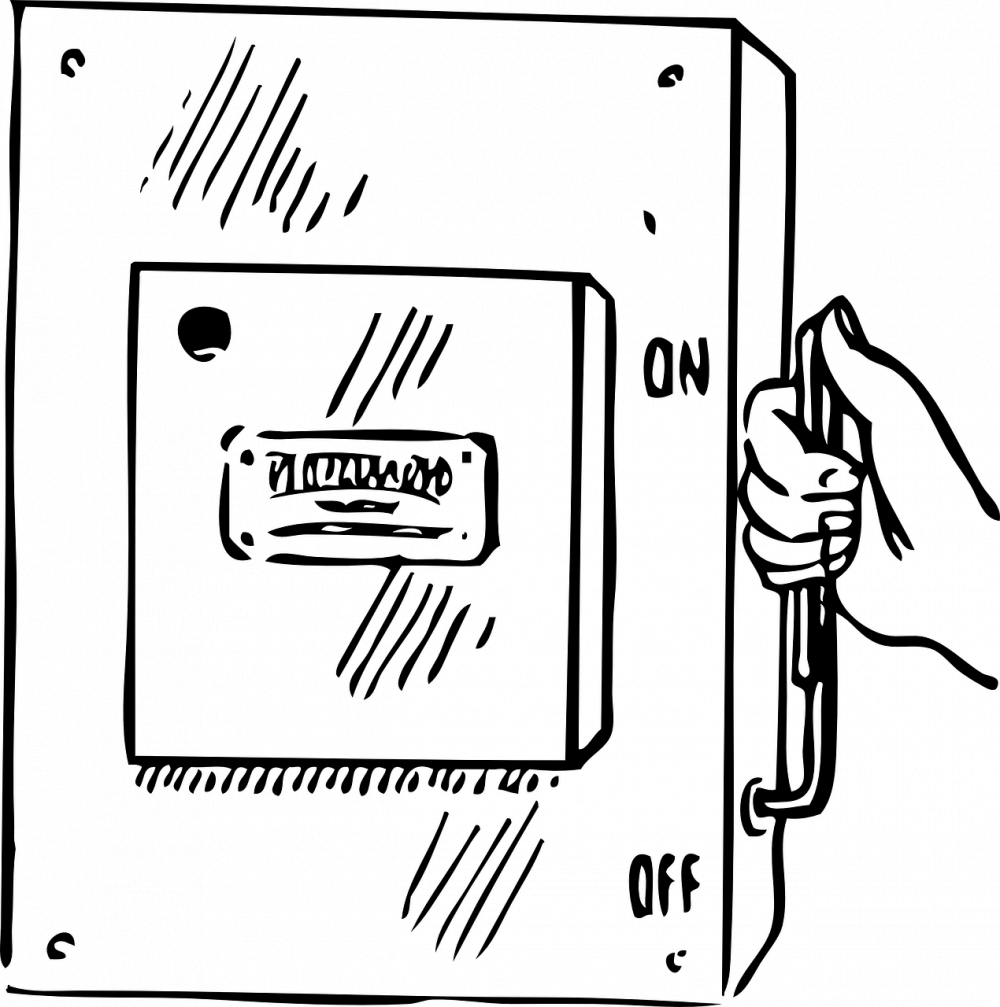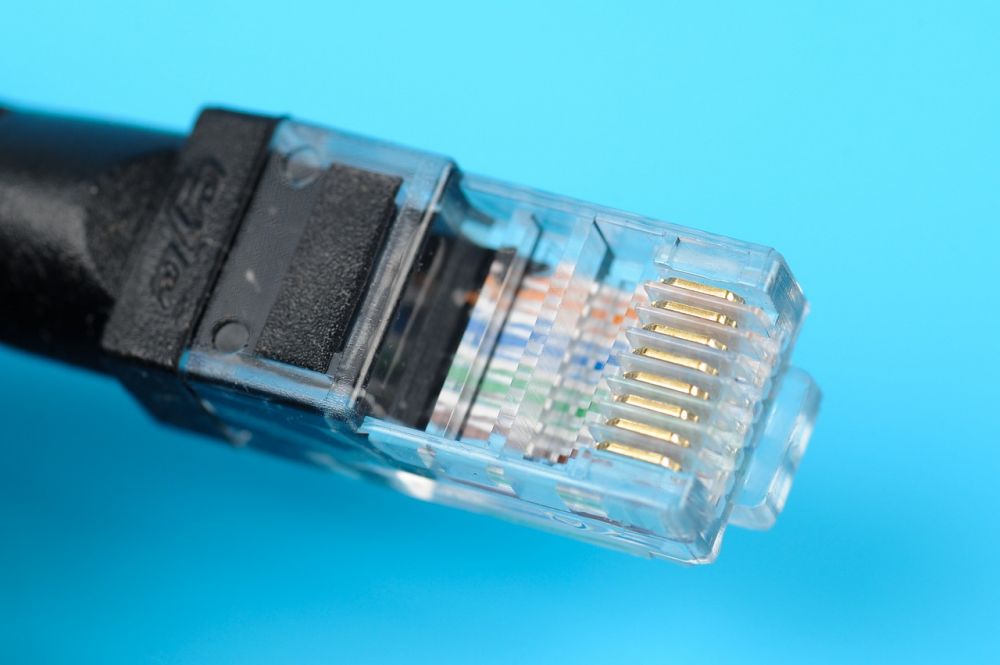Byta spotlights: En grundlig översikt

Introduction:
Spotlights are an essential lighting fixture used in various settings to illuminate specific areas or objects. In this article, we will provide a comprehensive overview of how to replace spotlights. We will delve into the different types of spotlights available in the market, popular choices, quantitative measurements, variations among spotlights, and a historical review of their pros and cons.
1. What is spotlight replacement?
Spotlight replacement refers to the process of changing or upgrading the existing spotlights in a given area. This can be done for numerous reasons, such as enhancing lighting aesthetics, improving functionality, or increasing energy efficiency.
2. Types of spotlights:
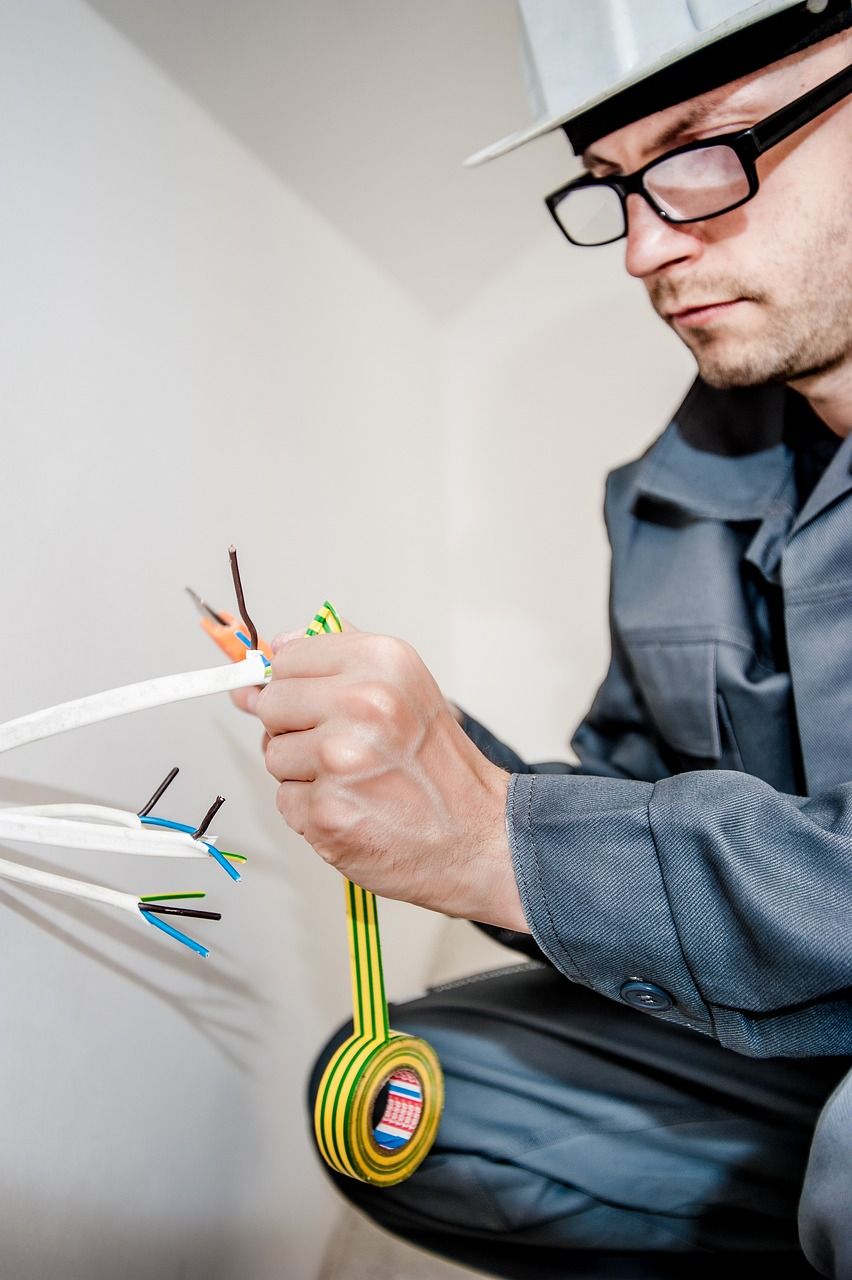
a. Traditional spotlights: These are typically incandescent lights that use a reflective housing to focus light in a specific direction. They provide a warm, focused beam of light but may consume more energy and have a shorter lifespan.
b. LED spotlights: LED spotlights utilize light-emitting diodes to produce light. They are energy-efficient, have a longer lifespan, and provide a range of color temperatures and adjustable brightness. LED spotlights have gained popularity due to their versatility and cost-effectiveness.
c. Halogen spotlights: Halogen spotlights produce a bright, white light and are commonly used for outdoor illumination. They are known for their high intensity, but they can consume more energy and generate heat.
d. Fluorescent spotlights: Fluorescent spotlights use low-pressure mercury vapor to emit ultraviolet light, which is then converted into visible light. They are known for their energy efficiency and long lifespan.
3. Popular spotlight choices:
a. GU10 spotlights: These spotlights use a twist-and-lock mechanism and are commonly found in residential and commercial settings. They are easy to install and offer various beam angles and color temperatures.
b. MR16 spotlights: MR16 spotlights are smaller in size and often used in track lighting systems or recessed fixtures. They provide a narrow beam angle and are popular in galleries, museums, and display areas.
c. PAR spotlights: PAR (Parabolic Aluminized Reflector) spotlights are widely used for outdoor lighting due to their robust build and ability to withstand harsh weather conditions. They offer a variety of beam angles and are used in floodlighting applications.
4. Quantitative measurements:
a. Lumen output: Lumen output measures the total amount of visible light emitted by a spotlight. The higher the lumens, the brighter the light.
b. Color rendering index (CRI): CRI measures the ability of a light source to accurately represent colors. A higher CRI indicates better color rendition.
c. Beam angle: Beam angle determines the spread of light. A narrow beam angle focuses light in a concentrated area, while a wider beam angle provides broader coverage.
5. Variations among spotlights:
Spotlights can vary in terms of beam angles, color temperatures, dimmability, and smart lighting capabilities. Some spotlights offer adjustable beam angles, allowing users to customize the focus of light. Color temperatures can range from warm white to cool white, catering to different lighting preferences. Additionally, many spotlights are now compatible with smart home systems, enabling remote control and automation.
6. Historical review of pros and cons:
a. Traditional spotlights: Traditional spotlights have been widely used for years and offer a warm, inviting glow. However, they are less energy-efficient and have a shorter lifespan compared to newer technologies.
b. LED spotlights: LED spotlights have revolutionized the lighting industry with their energy efficiency, long lifespan, and versatility. They produce less heat and can be dimmed easily. However, some LED spotlights may have a higher upfront cost.
c. Halogen spotlights: Halogen spotlights produce bright, white light but consume more energy and generate heat. They are gradually being phased out due to their inefficiency.
d. Fluorescent spotlights: Fluorescent spotlights are known for their energy efficiency and longevity. However, they may require a short warm-up period before reaching full brightness.
In conclusion, the process of replacing spotlights involves selecting the appropriate type, considering factors such as beam angle and color temperature, and understanding the pros and cons of various options. LED spotlights have emerged as a popular choice due to their energy efficiency and versatility. As technology advances, spotlights continue to evolve, offering more options for customized lighting solutions in homes and commercial spaces.
